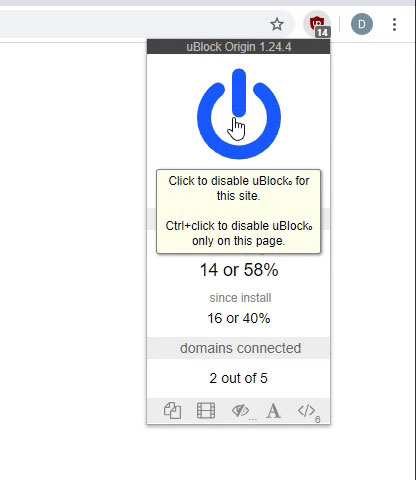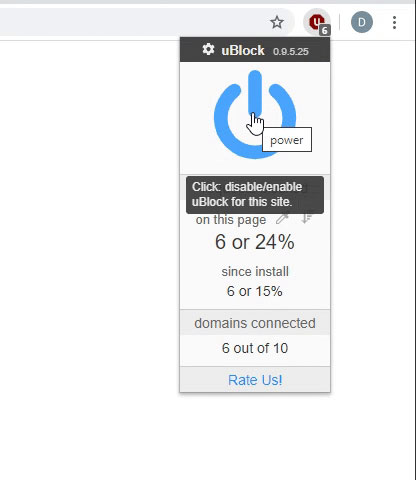Hi, welcome to the board.
This is certainly possible, but you may need to re-arrange the way your source data is laid out.
Here's some made up data that I used, in the range A1:D4.
Male Salary</SPAN>
| Male rank</SPAN>
| Female Salary</SPAN>
| Female rank</SPAN>
|
20000</SPAN>
| 3</SPAN>
| 20500</SPAN>
| 2</SPAN>
|
21000</SPAN>
| 5</SPAN>
| 19000</SPAN>
| 4</SPAN>
|
23000</SPAN>
| 9</SPAN>
| 25000</SPAN>
| 12</SPAN>
|
<TBODY>
</TBODY>
First, add a chart data series that takes B2:B4 for its X values, and A2:A4 for its Y values.
Then, add a second chart data series that takes D2:D4 for its X values, and C2:C4 for its Y values.
In principle, you could go on adding multiple series if you like.
I appreciate your source data may not be laid out as above.
I'm guessing you may have a single list of people, with males mixed up with females.
But in that case, you can create columns to split out the males and females, as long as you have a column that indicates who is which, and then use those newly created columns as your chart data.
Edit to add - by the way, I'm not sure this will actually show that differences in salary are explained by differences in rank. Whether or not that is the case will depend on your data, and may also depend on your own ability to persuade your audience that that is the case






